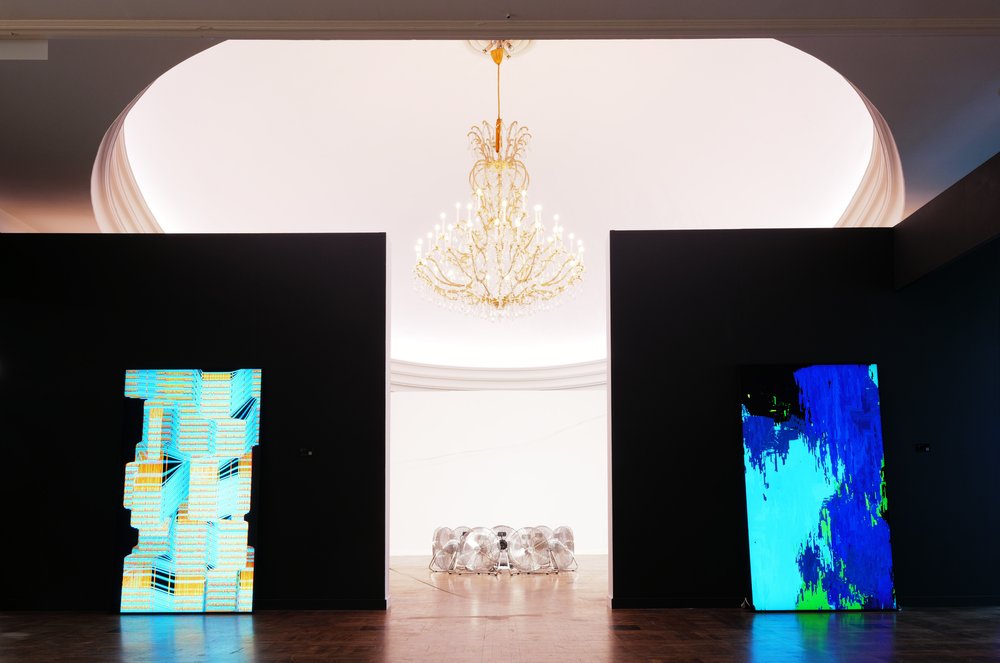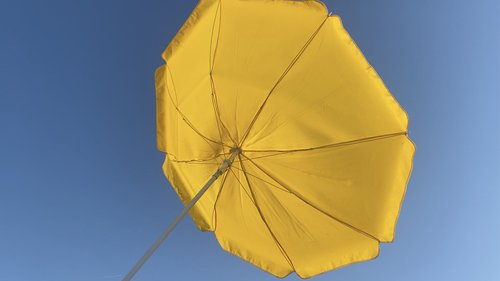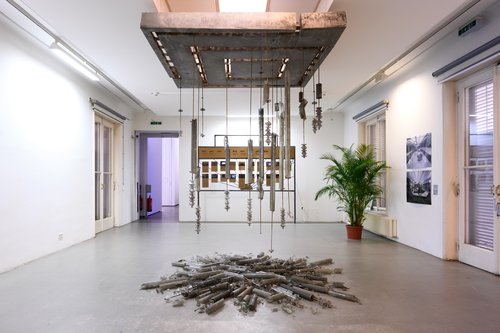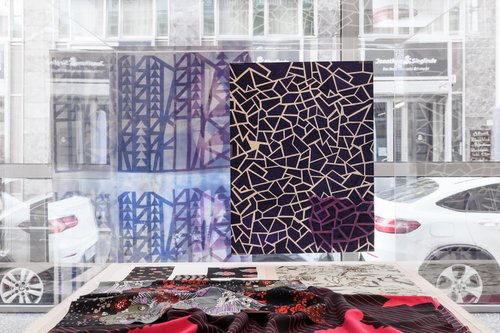Perpetually In Motion: Particolare Exhibition in Vienna

Particolare at Kursalon. Installation view. Vienna, 2024. Photo by Andrey Gordasevich. Courtesy of Particolare
Despite the catastrophic floods from storm Boris raining havoc across central Europe, viennacontemporary Art Fair went resolutely ahead in the Austrian capital, accompanied by a host of parallel events among which was Particolare, an imaginative and flamboyant reinvention of the exhibition and art salon.
The words ‘contemporary’ and ‘Vienna’ hardly go together and viennacontemporary with its various events brings a welcome breath of fresh air to the Austrian capital every September. Particolare, a new cultural event slated to become an annual fixture, was a curated multidisciplinary exhibition at which guests or visitors could also buy works on display, all served up in the Kursalon, an iconic venue in the City Park once a symbol of the rejuvenation of Vienna which hosted thefirst ever concert by Johann Strauss. Curated by a group of specialists drawn from several different fields, Particolare set out to combine an exhibition with an art salon, throwing in the glamour of a Viennese ball, introducing performances and talks into the mix and blended the result into a completely new visitor experience.
Structured around two main themes: time and movement, the curators invited visitors on a journey of exploration encouraging them to question the nature of these big concepts. Upon arrival in the Kursalon, a venue more used to hosting Viennese waltzes, visitors were greeted by a recording of a 2005 performance by Gianni Motti (b. 1958) called, ‘In Search of Anti-Motti’ in which Motti imitated the journey of a proton. On the 20th of May 2005 he walked around the tunnel of the Large Hadron Collider, a journey which took him six hours. The particles traversed the ring a whopping 11,000 times in just one second!
Movement - or motion - is everywhere in Particolare, and perhaps most perfectly captured in ‘Frozen Actions‘, a dance performance choreographed by Anna Abalikhina (b. 1981) during which performers literally merge with the exhibits on display in the main ballroom of the Kursalon. At times it is reminiscent of Vsevolod Meyerhold’s (1874-1940) ‘Biomechanics’ and allows the viewer to reflect on how the surrounding environment might affect and inspire how humans move, especially when unrestricted by social norms and given unrestricted creative freedom. It oscillates between inducing both fear and human warmth.
Perpetual motion is the main inspiration behind ‘L’ordre des choses 2024’ by Wim Delvoye (b. 1965). His initial idea was to install a ball track running through the entirety of Musée d’Art et d’Histoire in Geneva, however, when this proved impossible, the Belgian artist resorted to what he describes as “elegant vandalism”. The balls roll through walls, 17th-century paintings and wooden sculptures depicting saints and angels, providing the spectator with an immersive experience and breathing new life into antiques.
Movement lies at the centre of Bulgarian-born Miryana Todorova (b.1984)’s art practice. She believes that life is to be experienced through performativity, and for her the process of painting is a performance in itself. After spending most of her life in New York she returned to her native Bulgaria to reconnect with her roots. Her painting ‘Garden of Life: The Impossible States of Love, 2022’ is a bold and captivating artwork reminiscent of the dipterocarp forests of Borneo, whose roots rise up from the ground and take over the tropical forests. The roots of these trees are a paradox, while digging deeper into the soil and anchoring the trees, they are in constant motion, and they continue to grow and spread out; they connect us to the outside world. Todorova believes that roots whether of a plant or a human being cultivate stories and that they are the ultimate organic gesture.
Next to Todorova’s ‘Garden of Life’ painting hang two works by Tomás Saraceno (b. 1973), SP 24007, 2024 and SP 24008, 2024. Made from spider silk and covered in gold ink, the works present the viewer with the physical documentation of movement, a map that is to be deciphered. As the spider moves, it leaves a trace of its existence, documenting its journey through time and space. Saraceno’s work reminds us about our cosmic insignificance and the fragility of beauty.
In stark contrast to the plethora of works addressing nature, there is also much art on display which has been inspired by new technologies and the growing use of AI, epitomized in ‘Curator At Work, 2024’ by u2p050, a mysterious art collective named after the wifi in their studio. This work is an experiment beginning with a simple question: “What if curators could go on holiday thanks to AI?”. u2p050 created two curators with the use of AI and ordered them to discuss an artwork by Rob Pruitt as if they were both on holiday. These two non-existent curators called Sam and Alexei were given very distinct personalities with Sam being more reserved, and Alexei more sarcastic with poetic turns of phrase. ‘Curator At Work’ raises questions about the future role of AI in art, reflecting most on how we can build a relationship with AI, rather than projecting our fears of AI replacing us.
The role of technology in our contemporary world and in art is another theme that runs through Particolare, exemplified in a triptych by legendary Italian artist Michelangelo Pistoletto (b.1933). ‘Smartphone – Giovane Donna 6 Movimenti series’, a work he created in 2018 and which is on sale for two millions Euros, explores the role contemporary technology plays in our lives, and how at our fingertips, we can connect with almost anyone in any corner of the globe, yet simultaneously we are more isolated than ever before. There is a solitary woman glued to her phone, trapped in the void of a mirror which reflects back the visitors, who are – naturally – similarly glued to their phones as they walk around posting photos and videos of the exhibition on social media.
Movement and technology (if not cutting-edge technology) both unite in ‘Flying Tape 2004’ by Žilvinas Kempinas (b.1969). The mesmerizing and hypnotic ‘dance’ of magnetic tape around nine fans, forces us to reflect on the simplicity of motion perhaps here echoing also the world-famous Viennese Waltz.
The highpoint at Particolare was a ball, a spectacular event which was in itself a kind of performance, an amalgamation of the old traditions of Viennese balls with contemporary art and music. While torrential rains descended on Vienna, the Kursalon remained a shining citadel on a hill. The dress code was defined as ‘black tie/extremely artsy’ attracting an eclectic crowd of wealthy collectors and prominent figures of the international art world, all dancing together to the sounds of ‘Lady (Hear Me Tonight)’ from Ruben Östlund’s ‘Triangle of Sadness’. ‘Big Crunch Clock, 1999/5’000’000’000’ an installation by Gianni Motti, a digital clock counting down the five billion years until the sun explodes was strategically placed by the staircase, reminding the revelers that ‘Et in arcadia ego’.
Particolare


















